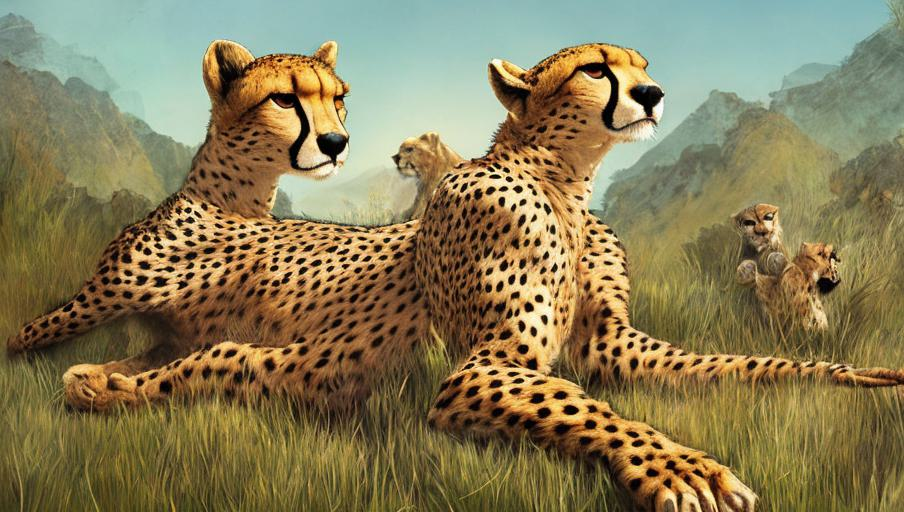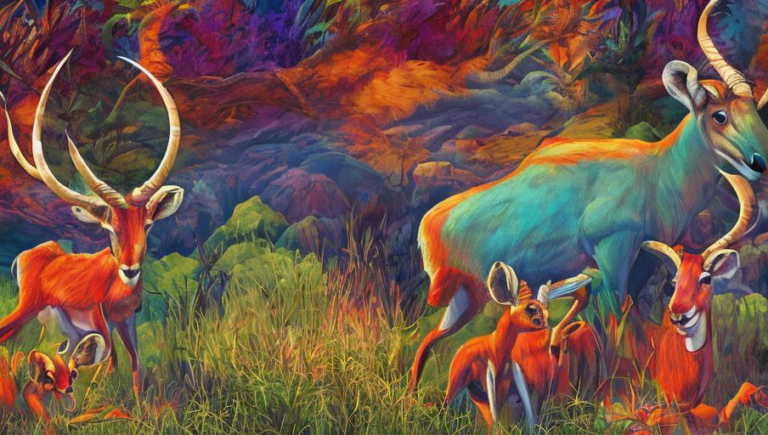Mapping the Migration of Cheetahs

The Majestic Cheetah
The cheetah, the world’s fastest land animal, has been captivating humans since ancient times. Known for their lightning-fast speed and spotted coat, cheetahs are a stunning example of the beauty and power of nature.
Throughout the centuries, cheetahs have been hunted for their fur and their tendency to prey on livestock has caused them to be persecuted by humans. Sadly, these magnificent creatures are now classified as vulnerable, with their global population estimated to be between 7,500-10,000 individuals.
Tracking their Movements
Researchers have been trying to better understand cheetah behavior in order to come up with ways to protect them. In order to do this, they have been tracking their movements to gain insights into their migratory patterns and behavior.
The cheetah’s range was once much larger, but due to human encroachment on their habitat, they have been driven out of much of their former range. They are now found primarily in Africa and parts of the Middle East. In Africa, they can be found in pockets in the savanna and arid regions, while in the Middle East they are found primarily in Iran.
The cheetah has been tracked using GPS collars, which allow researchers to map their movements over time. This has given researchers a better understanding of the cheetah’s migration routes, seasonal movements, and other behavior.
The Challenges of Conservation
The cheetah is facing a number of challenges when it comes to conservation. One of the most significant is the fact that the cheetah’s range has been greatly reduced due to habitat loss. This has caused cheetahs to become isolated in small pockets, which can lead to further declines in their numbers.
In addition, cheetahs are also threatened by illegal hunting and poaching. They are also often killed by farmers who see them as a threat to their livestock. To make matters worse, cheetahs are also threatened by the increasing competition for prey from larger predators such as lions and hyenas.
It is clear that the cheetah is facing a number of threats and that conservation efforts need to be increased in order to protect this iconic species. Mapping the cheetah’s migratory patterns and understanding their behavior is a key part of this effort, as it can provide insight into how best to protect them and their habitat.





